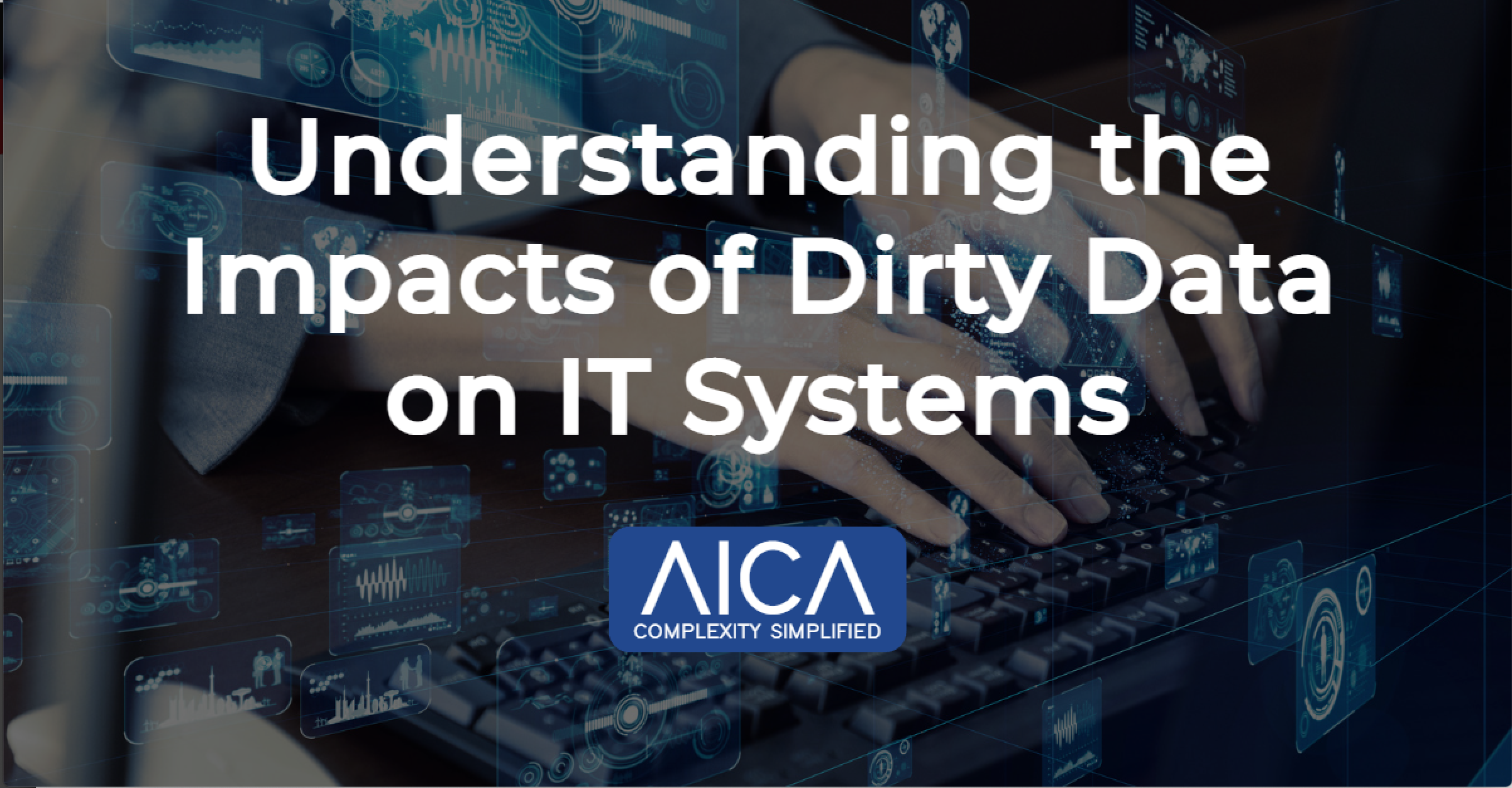As the backbone of many modern business operations, data plays a vital role in guiding decision-making, strategy, and customer relationship management. In an era where businesses are increasingly dependent on data analytics, one factor that can disrupt the smooth functioning of IT systems is dirty data.
Diving Deeper into Dirty Data
Dirty data, also known as bad data, typically refers to data that is incorrect, outdated, incomplete, duplicate, or irrelevant. This kind of data often arises from various sources, such as human error in data entry, system errors during data transmission, obsolete information not being updated, or the absence of data standardisation.
The reasons for dirty data can be categorised broadly into four types:
Human Error
This might include typos, misinterpretation of data fields, or even malicious alteration.
System Error
These occur when data is incorrectly processed or transferred by faulty IT systems.
Outdated Information
As databases age, records can become inaccurate if not regularly updated.
Non-standardised Data
This can occur when different systems or departments within an organisation use different formats or standards for data.
The Impacts of Dirty Data on IT Systems
Inefficiencies in Operations
The presence of dirty data within an IT system can lead to significant operational inefficiencies. These inefficiencies can manifest in various ways, such as:
Redundant Work
Duplicate entries in a database might lead to the same operation being executed multiple times. This can increase the workload and lower the productivity of IT personnel.
System Slowdown
Inaccurate or irrelevant data can take up valuable storage space and slow down data processing, impacting the performance of the whole system.
Data Retrieval Difficulties
With dirty data, IT teams may struggle to retrieve the correct data when required, leading to delays and inaccuracies in reporting.
Impaired Decision-Making
Dirty data can substantially impact the analytics drawn from it, leading to misguided business strategies and impaired decision-making. Organisations rely heavily on data for insights, and when this data is inaccurate, the decisions based on these insights can be flawed, potentially leading to financial losses and missed opportunities.
Damaged Customer Relationships
Dirty data can lead to poor customer interactions. For instance, communications might be sent to incorrect addresses or outdated contacts, causing frustration and damaging the brand’s reputation. Moreover, the inability to accurately track customer behaviour due to dirty data could result in missed opportunities for personalised marketing or service improvement.
Regulatory Compliance Issues
For industries with strict data regulation policies, such as healthcare or finance, dirty data can cause serious regulatory compliance issues. These could lead to hefty fines and potential legal problems. For example, keeping outdated or inaccurate customer data might violate data protection laws, such as the General Data Protection Regulation.
The Solution: Data Cleansing
Data cleansing offers a powerful solution to mitigate the problem of dirty data.
Data cleansing involves identifying and rectifying or eliminating corrupt, inaccurate, or irrelevant records from a database. This process ensures that only clean, reliable datasets are used in operations and decision-making. Techniques like deduplication, validation, and standardisation are commonly used in data cleansing to correct errors, remove duplicates, validate entries against a set standard, and ensure data consistency.
The Role of Machine Learning
Machine learning enhances the data cleansing process by automating error detection and correction. ML algorithms can be trained to recognise patterns in the data and identify anomalies or inaccuracies that may signify dirty data.
For instance, an algorithm might identify that a specific field typically contains a numeric value and flag records where a text string is found instead.
Over time, these algorithms can “learn” from these patterns to improve their accuracy in detecting errors.
This combination of data cleansing and machine learning thus provides a comprehensive solution to combat dirty data, improving the accuracy, reliability, and overall value of the organisation’s IT data.
Conclusion
Dirty data poses significant challenges for IT systems, combating this issue requires an understanding of its sources and potential impacts. The incorporation of data cleansing practices, further enhanced by machine learning, provides a robust solution, ensuring data accuracy and reliability to drive better business outcomes.
Reach out to AICA today and discover how we can help maintain the cleanliness and accuracy of your IT systems’ data.
Click here to unlock more of our detailed, educational content.

